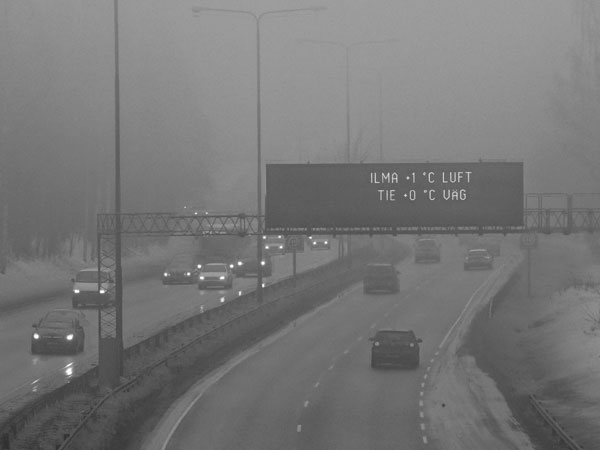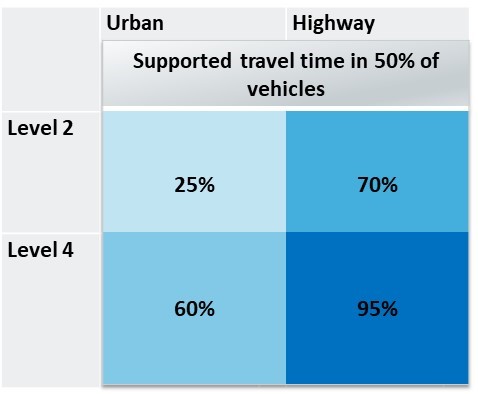VTT Technical Research Centre of Finland studied human issues related to automated driving. The descriptive study explored three different theoretical approaches – one of which has been developed and applied in an industrial work context featuring a long tradition of human interaction with automation. In total, 20 human issues were identified.
Three human factor approaches in focus
The study was designed to systematically determine key human issues related to automated driving by utilising three theoretical approaches. The approaches were: (1) motivational theories; (2) model of the human as an information processor; and (3) core-task analysis (CTA), which has previously not been utilized in the context of road transport. The CTA originates from the industrial sector, where automation has been applied to a variety of work contexts and has been commonplace for decades. Finally, the aim was to compare the explanatory power of the approaches.

Photo: Jekurantodistaja/Mostphotos.com
Several driver subtasks and conditions in a descriptive analysis
A qualitative analysis of two automation scenarios in two driving environments were performed. Firstly, we defined the automation scenarios according to the level of automation: low (level 2) and high (level 4) (following the SAE classification). As a second dimension, we broke up the driver task into subtasks in the urban environment (six subtasks in total, such as driving in intersections, parking and navigating) and subtasks on highways (seven subtasks in total, such as merging, exiting and mode choice). As a third dimension, we defined several contextual circumstances for each subtask, for example traffic and weather conditions.
We created a matrix of the three dimensions. In each cell, we produced three descriptions for how increasing automation would influence driver behaviour from the perspective of each the three theoretical approaches. Finally, through content analysis, we presented the revealed human issues. The focus of the analysis was on likely changes that automation would bring, compared to a situation without automation support.

Automation support (percentage (%) of time) in the urban and highway scenarios.
Twenty human issues as the outcome
The study resulted in a list of 20 human issues related to automated driving. The issues were categorised in four groups highlighting the common aspects identified. These were: (1) strategic decisions related to personal mobility, (2) the role of information and skills in automated driving, (3) interaction and communication in traffic and (4) road safety.
All three theoretical approaches emerged useful, and together they provided a versatile picture of human issues. It is evident that human behaviour as driver and traveller is in a process of change. Existing theoretical views may not have the power to describe or explain human issues effects comprehensively, especially in relation to high automation. In fact, the aim of automation is to rule out some of the critical features of human behaviour that are central to existing driver behaviour theories describing manual driving. Consequently, an appropriate theoretical framework is necessary to examine human behaviour in relation to an automated road transport system, which would identify the critical elements and their internal relationships in a structured way.
The core-task analysis, previously not applied in road transport, emerged as a promising model. The study recommends its application in more detailed analyses of automated driving, specifically regarding information and communication aspects.
The study was carried out by VTT as part of the Traffic Safety 2025 consortium.
Report:
Pirkko Rämä and Hanna Koskinen (2019): Exploring driver and operator behaviour models in the context of automated driving: Identification of issues from a human actor perspective.
VTT Technology 356.
 Contact:
Contact:
Pirkko Rämä
pirkko.rama@vtt.fi
VTT, Technical Research Centre of Finland, Finland






Follow us: